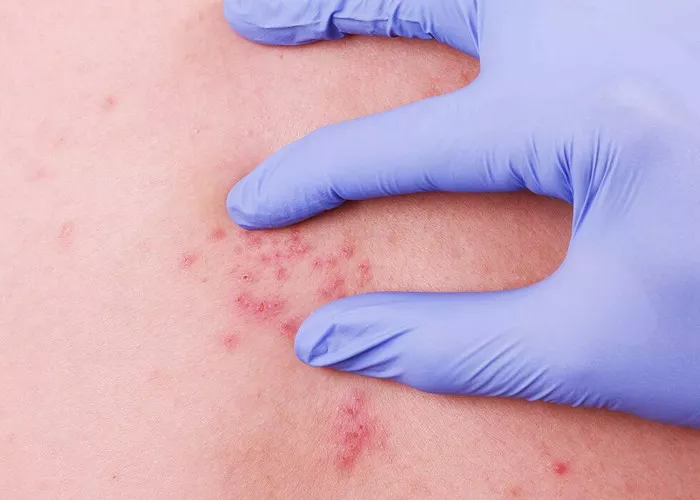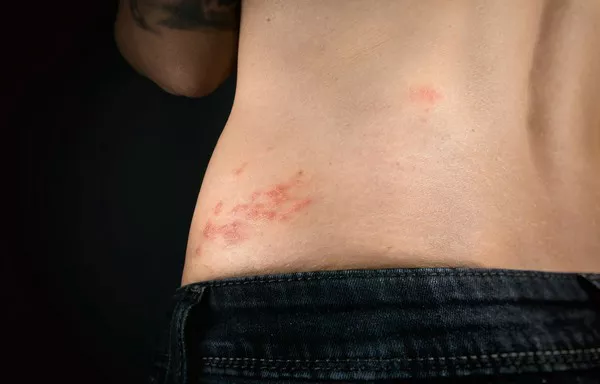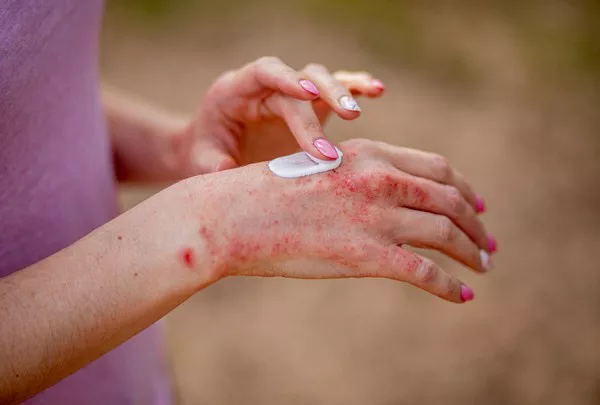Shingles, also known as herpes zoster, is a painful viral infection caused by the varicella-zoster virus—the same virus that causes chickenpox. While anyone who has had chickenpox can develop shingles, it most commonly affects older adults, particularly those over 50 and especially individuals over 60. The primary concern with shingles in the elderly lies not only in its acute phase but also in the potential for lasting aftereffects that can significantly impact quality of life. Understanding these after effects is crucial for caregivers, healthcare providers, and individuals themselves to better manage and mitigate the long-term consequences of this condition.
The Impact on Nerve Pain: Postherpetic Neuralgia
One of the most notorious and debilitating after effects of shingles in the elderly is postherpetic neuralgia (PHN). PHN is a condition characterized by persistent nerve pain that occurs in the area where the shingles rash was present. This pain can be excruciating and may continue for months or even years after the rash has healed. The risk of developing PHN increases with age, and it can severely impair daily activities and reduce overall quality of life. Managing PHN often requires a multifaceted approach involving medications, nerve blocks, physical therapy, and other interventions tailored to the individual’s needs.
Neurological Complications: Shingles and the Brain
Beyond PHN, shingles can also lead to more serious neurological complications in elderly individuals. These complications may include encephalitis (inflammation of the brain), which can result in confusion, headache, fever, and even seizures. Another concerning complication is Ramsay Hunt syndrome, a rare but severe condition caused by the varicella-zoster virus affecting the facial nerves. This syndrome can lead to facial paralysis, hearing loss, and difficulty with balance and coordination. Prompt recognition and treatment are crucial to minimizing the impact of these neurological complications.
Skin Discoloration and Scarring: Dermatological Effects
The rash associated with shingles can leave behind more than just memories. In elderly individuals, the skin affected by shingles may not heal as quickly or as completely as in younger individuals. This slower healing process can lead to persistent skin discoloration (hyperpigmentation) or scarring. These changes in skin appearance can be distressing for elderly patients, affecting self-esteem and causing ongoing psychological distress. Dermatological management strategies, such as topical treatments and cosmetic procedures, may be employed to address these concerns and improve skin health.
Emotional and Psychological Impact
The impact of shingles goes beyond the physical realm—it can also take a toll on mental and emotional well-being, especially in elderly individuals. Chronic pain from PHN can lead to depression, anxiety, and sleep disturbances. The loss of independence and reduction in social activities due to pain and other complications can further contribute to feelings of isolation and frustration. Recognizing and addressing the emotional and psychological aspects of shingles is essential for comprehensive care. Counseling, support groups, and holistic approaches to pain management can play a vital role in improving overall emotional health.
Functional Impairment and Long-Term Disability
For many elderly individuals, shingles and its after effects can significantly impact daily functioning and overall mobility. Pain from PHN or other neurological complications may limit mobility and reduce the ability to perform routine tasks independently. This functional impairment can lead to increased dependency on caregivers and may necessitate modifications to living arrangements. Rehabilitation programs focusing on physical therapy and occupational therapy can help restore function and promote independence in elderly individuals recovering from shingles.
Strategies for Prevention and Management
Prevention is always preferable when it comes to shingles, especially in the elderly population. Vaccination with the shingles vaccine (Shingrix) is recommended for individuals aged 50 and older, as it has been shown to significantly reduce the risk of developing shingles and its complications, including PHN . For those already affected by shingles, prompt treatment with antiviral medications can help shorten the duration of the illness and reduce the risk of complications .
In managing the after effects of shingles, a multidisciplinary approach is key. This involves close collaboration between primary care physicians, neurologists, dermatologists, pain specialists, and mental health professionals to tailor treatment plans to the individual’s needs. Holistic interventions encompassing pain management, rehabilitation, and psychological support are vital for promoting recovery and improving overall quality of life for elderly individuals affected by shingles.
Conclusion
Shingles is more than just a rash—it’s a condition with potentially serious implications for the health and well-being of elderly individuals. By understanding and addressing the after effects of shingles, healthcare providers can offer more comprehensive care and support to elderly patients, enhancing their recovery and minimizing the long-term impact of this viral infection. Through vaccination, prompt treatment, and holistic management strategies, we can strive to alleviate the burden of shingles and its aftermath, ensuring a better quality of life for our aging population.
Related Topics:

























